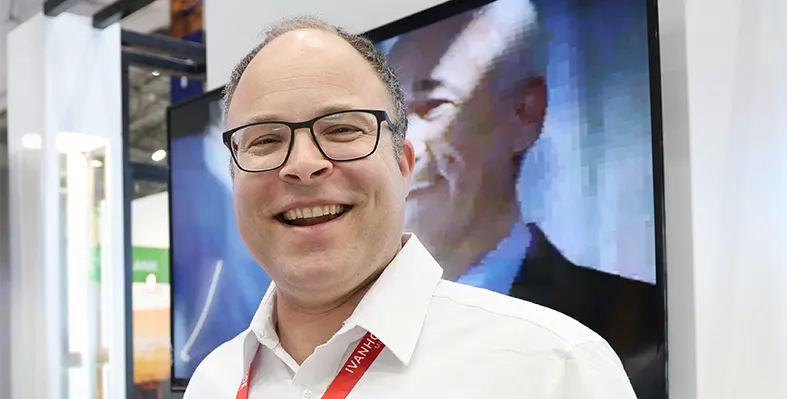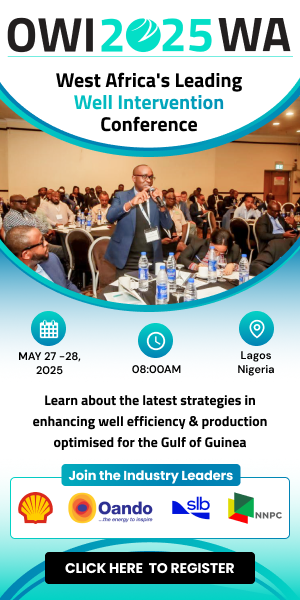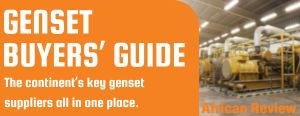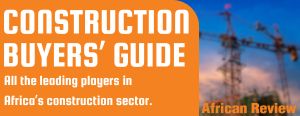
Two years ago, Sandvik Mining and Rock Solutions introduced the DR412i rotary blasthole drill to Africa, setting new benchmarks in the field. (Image source: Sandvik Mining and Rock Solutions)
As the drive toward intelligent drilling accelerates, the Sandvik DR412i rotary drill rig, equipped with a scalable surface drill automation system, is redefining precision, productivity, efficiency, and safety in opencast mining
Introduced in South Africa about two years ago, the Sandvik DR412i is a diesel-powered, self-propelled crawler-mounted blasthole drill designed for surface mining. It comes standard with rotary drilling capabilities, with an option for down-the-hole (DTH) hammer drilling.
“Designed for soft to medium/hard rock formations, the DR412i can drill 203 to 311 mm diameter blastholes with a single-pass capacity of 17.65 m or a multi-pass capacity of 75.5 m. Primarily used in surface mining, it can also be deployed in oil and gas applications,” explained Trinity Nkosi, sales engineer, surface drills department at Sandvik Mining and Rock Solutions.
Belonging to Sandvik’s i-Series range, the DR412i was developed in response to the growing demand for intelligent drilling solutions. It features a scalable surface drill automation system, allowing customers to select automation levels based on their operational needs.
Smarter drilling solutions
Sandvik provides different automation options, including iDrill (onboard operation) and AutoMine (remote operation). The onboard automation enables the rig to function semi-autonomously or fully autonomously, with operators overseeing the fleet and intervening only when necessary. This setup minimises human error and enhances operational safety.
The AutoMine suite—comprising Line-of-Sight, Control Room, and Autonomous modes—facilitates remote and autonomous drilling. Operators can simultaneously manage and monitor multiple surface drills from a secure control room,” added Nkosi.
While the DR412i stands out for its automation-ready features, it retains the durability of the KS-Series, its predecessor. With a robust steel body and a powerful engine, it is designed for longevity.
Enhanced 360-degree walkways provide improved drill access for easier inspections and routine maintenance. An optional hydraulic stairway can be added, allowing safer and more convenient access to the drill.
The advanced Compressor Management System optimizes engine performance by disengaging the compressor during non-drilling activities, reducing fuel consumption. This system can cut fuel use by up to 30%, lowering carbon emissions and extending the lifespan of the engine and compressor.
For example, in an Australian coal mining operation, the DR412i contributed to an 18 m per hour increase in penetration rate, resulting in a 43.4% reduction in fuel consumption per meter compared to other drills on-site.
“Having brought the first DR412i into Africa some two years ago, we are glad to report that it has consistently delivered high levels of power, precision, productivity, and efficiency in a coal mining application in South Africa, which is why the customer has expressed the desire to expand the fleet,” concluded Nkosi.

























